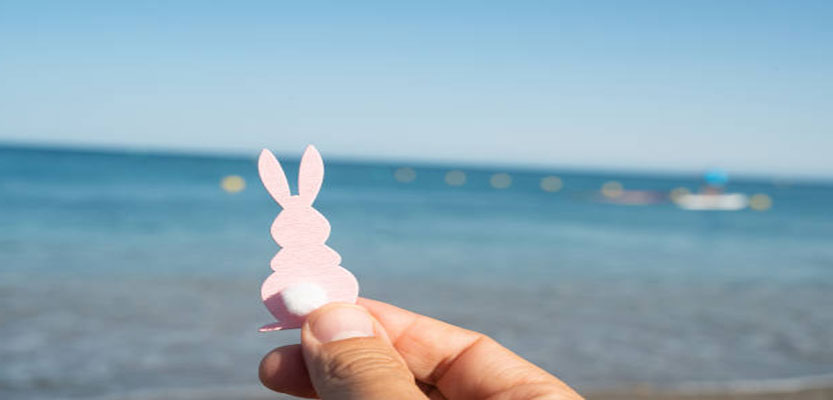
The ocean is a mysterious and fascinating place. It is teeming with beautiful, yet occasionally dangerous, creatures. There is still much to discover in the deep blue sea, and the sea bunnies is one of the most inquisitive species since their rise in popularity around 2015.
Sea creatures can always surprise us when we discover them, just like this adorable creature known as the Sea bunny. If you have any questions about these adorable little guys, you have come to the right place! Let’s discover together.
What is the Sea Bunny?
Sea bunnies are a type of sea slug belonging to the mollusk order nudibranchs. They are tiny, fluffy, and have adorable little ears. Kikutaro Baba, a Japanese marine biologist, described these small creatures as belonging to the species Jorunna Parva.
Most people are surprised to learn that the majority of them are shorter than an inch, or roughly 2.5 centimeters in length. Their backs are covered with numerous small rods, giving them the appearance of having fluffy fur.
Unavoidably, their itty-bitty, wriggling ears are a remarkable trait. Dr. Craig McClain explains in Deep Sea News that their minuscule ears are rhinophores, which are organs that allow them to detect changes in currents and chemicals in the environment.
In addition, the sea rabbit is blind. That’s correct, the creature has neither eyes nor a visual system. Therefore, it can only perceive its environment through its ears and fur. Due to their efficiency, they are able to locate mates over vast distances.
What’s the color of a Sea Bunny?
Typically, sea rabbits and sea slugs are yellow with black spots, whereas rhinophores and other species are white and greenish. In spite of this, the scientific community is currently debating whether or not these various color variations indicate different species.
In all cases, the adorable sea creature can be quite beautiful and colorful, particularly those that inhabit coral shoals. Although they are visually appealing, sea bunnies are placed in some aquariums for a purpose. Indeed, sea snails can help control the amount of algae in the aquarium. In addition, this exceptional trait can serve as a warning to predators that the plant is poisonous.
Where can I find a Sea Bunny?
If you are wondering whether you can purchase a seabunny and keep it as a pet, the short answer is no. The maximum lifespan of a sea rabbit is only one year.
In addition to their brief existence on Earth, they are highly toxic and surrounded by stringers. In other words, it is preferable to remain traditional when fishing for redfish or any other species.
On the wild side, sea bunnies are most commonly found in the following countries:
- Near the coast of Japan
- In the Philippines
- In the Indian ocean
Are Sea Bunnies dangerous?
According to ngel Valdés, an expert on sea slugs at Pomona State Polytechnic University in California, sea bunnies only live for a few months to a year. Fortunately, they are extremely dangerous and toxic, and these peculiar characteristics can protect them from voracious predators.
Simply put, these creatures are for your viewing pleasure only. You may adore these squishy creatures, but you should avoid touching them to avoid injury!
How do Sea bunnies reproduce?
The sea rabbits are hermaphrodites, which means they can produce both sperm and eggs because they are both male and female. However, they cannot regenerate on their own; another slug is required for fertilization.
After finding a mate, they will reproduce by exchanging sperm. One species of sea rabbit will even cut its own penis, which will regrow within twenty-four hours! Thus, they prevent other sea rabbits from mating with their partner. Talk about jealousy!
Other Sea Slug characteristics: the gastropod mollusks
Sea slugs, which are marine gastropod mollusks, are well-known for their vibrant colors, unique shapes, and soft bodies. It is believed that even more slug species remain to be discovered, as more than 3,000 have already been discovered.
The evolution of gastropod mollusks, also known as aquatic snails, is quite fascinating. Following their larval stage, these snail-like slugs will lose their shell and evolve to acquire new characteristics. They are able to thrive in all water depths, but are typically found in shallow areas such as rock pools.
In conclusion, if you ever have the opportunity to swim near coral shoals in one of the aforementioned countries, don’t pass up the chance to see these adorable creatures! You must make do with Twitter pictures until then.
